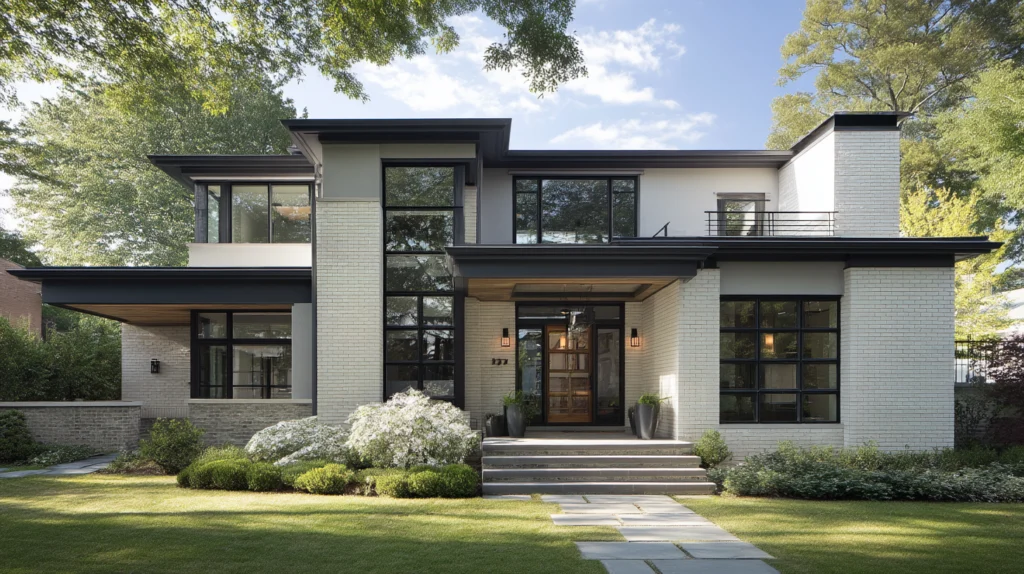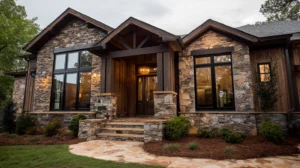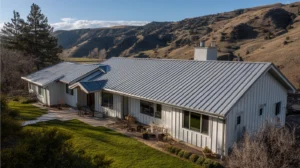Flat roofs offer a modern look, increased functionality, and in some cases, energy-saving benefits, but they also require a very different maintenance approach compared to pitched roofs. Whether you own a residential home or manage a commercial property, understanding how to properly maintain your flat roof is critical to preventing water intrusion, structural damage, and costly repairs.
In this comprehensive guide, we’ll explore essential tips and best practices for flat roof maintenance. You’ll learn how to inspect your roof surface, manage drainage systems, prevent leaks, and improve the energy efficiency of your property. Whether you’re dealing with residential or commercial flat roofs, proper maintenance will help extend your roof’s lifespan, reduce energy consumption, and avoid major repair costs down the line.
Why Flat Roofs Require Special Attention
Flat roofs are not completely flat. They are designed with a slight pitch to encourage water runoff, but because the slope is so minimal, water pooling and drainage issues are far more common. Without regular flat roof maintenance, standing water and debris buildup can lead to roof membrane damage, clogged drains, and even structural issues.
Unlike pitched roofs, flat roofs are more vulnerable to environmental stressors like UV rays, debris accumulation, and heat absorption. Because of this, regular maintenance is not optional, it’s essential to keep your flat roof functioning properly and to prevent expensive damage.
If your building has rooftop equipment like HVAC units or skylights, these penetrations make your roofing system even more vulnerable to water intrusion. That’s why both residential and commercial roof maintenance must be approached proactively, not reactively.
How Often Should You Maintain a Flat Roof?
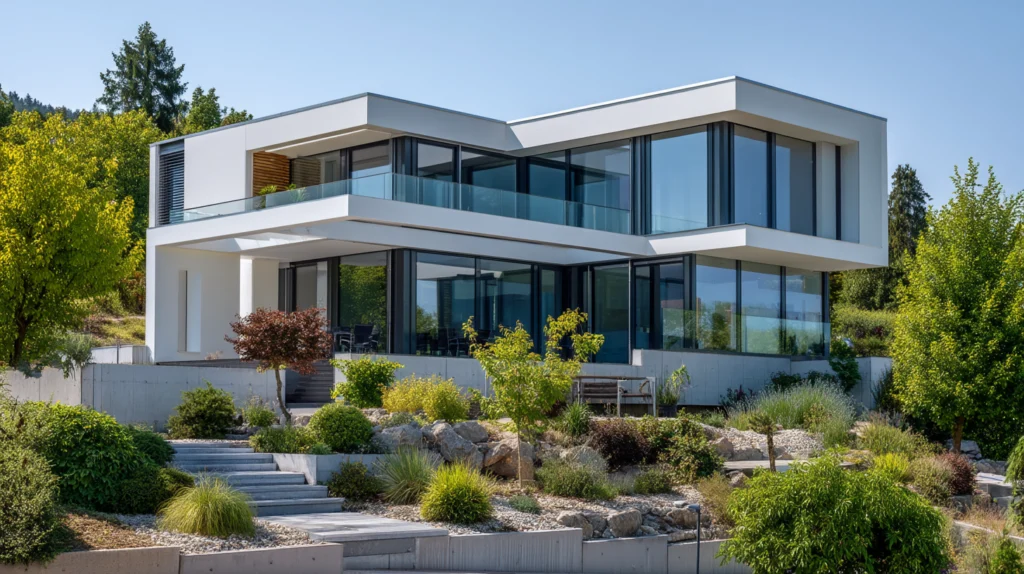
Flat roof maintenance should be performed at least twice a year, ideally in the spring and fall. Additional inspections are recommended after major storms or prolonged rainfall.
For commercial flat roofs or buildings with older roofing materials, quarterly inspections are often necessary. Regular inspections help you catch small issues early, such as loose seams, clogged drains, or membrane deterioration, before they escalate into structural damage.
Tip: Regular flat roof maintenance can add 5 to 10 years to the life of your roof, saving you thousands in potential repairs.
Step-by-Step Flat Roof Maintenance Checklist
To help you keep your flat roof in top condition, follow this proven checklist designed for both residential and commercial properties.
Inspect the Roof Surface
Start by visually examining the entire roof surface. Look for:
- Cracks or punctures in the roof membrane
- Blisters or bubbling from trapped moisture
- UV damage such as discoloration or brittleness
- Seam separation or loose seams
Use a roof rake or soft broom to gently remove debris so you can clearly view any potential problem areas. Take photos and notes for documentation, especially if your roof is under warranty.
Remove Debris and Organic Growth
Leaves, twigs, moss, and other debris can trap moisture on the roof surface, leading to algae growth, mold growth, or membrane deterioration.
Use a leaf blower or a soft-bristle brush to remove debris. Be cautious around vulnerable areas like flashing or roof edges. Overhanging branches should be trimmed to minimize vegetation growth and reduce the risk of additional debris buildup.
Check Drainage Systems and Gutters
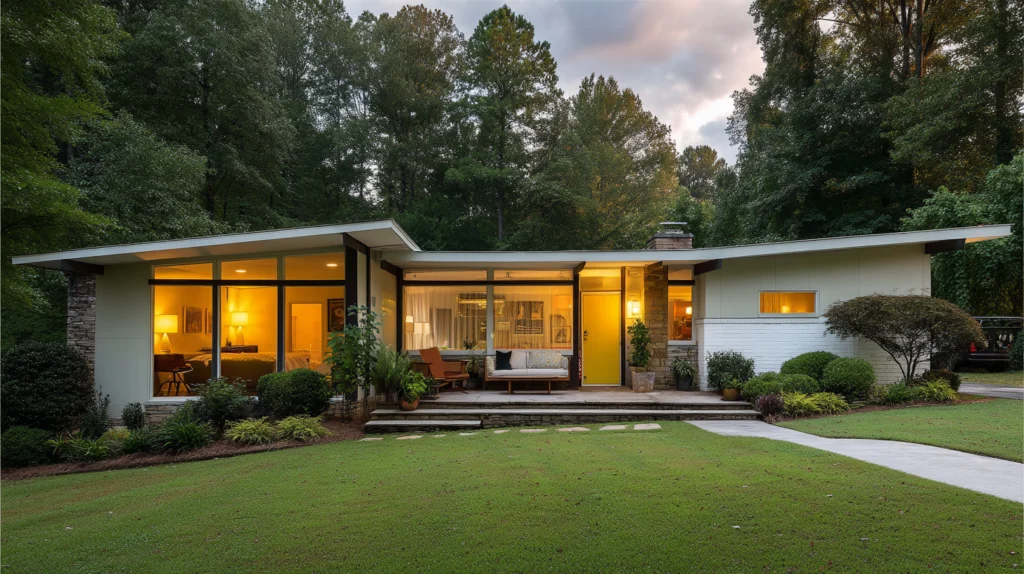
Proper drainage is one of the most important factors in maintaining a well maintained flat roof. Inspect all drains and gutters to ensure water is flowing freely. Look for:
- Clogged drains
- Damaged downspouts
- Debris buildup near roof edges or scuppers
Water pooling is a serious issue that can lead to standing water for extended periods. This increases the risk of structural damage and can eventually cause your roof to fail.
Inspect Flashing, Vents, and Penetrations
Flashing around vents, HVAC units, and other rooftop equipment is one of the most common sources of roof leaks. You should:
- Inspect flashing for cracks, gaps, or deterioration
- Check sealant conditions around skylights and mechanical units
- Reinforce vulnerable areas with fresh sealant if needed
Loose materials and improperly sealed edges are early warning signs that your roof may be at risk. For large commercial flat roofs, this step is especially critical.
Evaluate the Roof Membrane
Your roof membrane is the first line of defense against the elements. Check for:
- Tears or punctures
- Areas with blistering or bubbling
- Signs of membrane shrinkage or delamination
Maintaining membrane integrity is essential to keep your flat roof waterproof and durable. If you’re unsure about the condition, contact a roofing professional to assess whether your membrane needs repair or replacement.
Apply Roof Coatings as Needed
Roof coatings are often used to extend the life of a flat roof. Reflective coatings like silicone or acrylic can:
- Reduce heat absorption
- Reflect UV rays
- Improve energy efficiency
- Seal minor imperfections in the roof membrane
If your roof is nearing the end of its warranty, applying a fresh coating can delay the need for a new roof and save you thousands in the process.
Schedule Regular Inspections by Roofing Contractors
Even if you’re handling routine upkeep yourself, professional flat roof maintenance is necessary to identify hidden problems and provide expert guidance. A certified roofing professional can assess:
- Membrane condition
- Roof structure
- Proper insulation levels
- Moisture retention inside the roofing system
At Cobex, we offer detailed roof inspections for both residential and commercial properties. Our expert team helps you plan for the future and avoid surprise costs.
Common Flat Roof Problems and How to Prevent Them
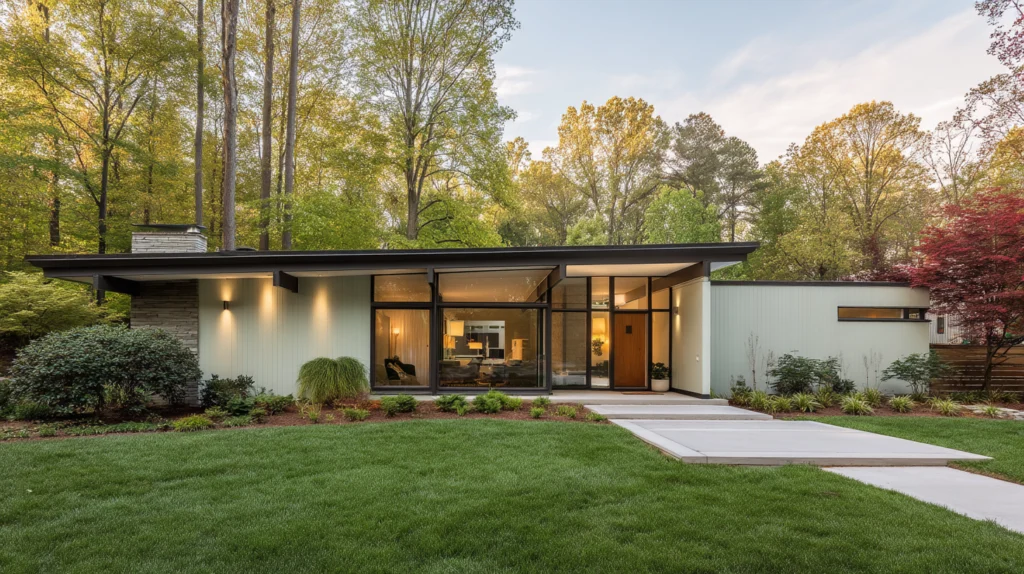
Flat roofs are susceptible to specific problems that, without regular maintenance, can lead to water intrusion and structural failure.
Ponding Water and Standing Water
Ponding water is water that remains on the roof surface for more than 48 hours. It usually forms due to poor drainage systems or sagging roof structure. Over time, this standing water can break down roofing materials and increase the chance of leaks. Ensure proper drainage by clearing drains and checking for sagging areas.
Clogged Drains and Gutters
Clogged drains prevent water from exiting the roof properly. This can cause water pooling, mold growth, and even roof collapse under extreme conditions. Clean your drains and gutters regularly and consider installing protective screens to prevent future blockages.
UV Damage and Heat Absorption
California’s intense sun can degrade roofing materials, especially in older commercial flat roofs. Reflective coatings reduce heat absorption and help improve energy efficiency. Regular inspections help identify signs of UV damage before they cause membrane failure.
Seam Separation and Loose Flashing
Loose seams and failing flashing are responsible for many commercial roof leaks. These areas should be monitored closely and reinforced as part of a comprehensive roof maintenance plan.
Vegetation and Algae Growth
Vegetation growth on a roof can trap moisture and accelerate deterioration. Algae and moss are also common on shaded areas of commercial roofs. Keeping the roof surface clean and trimming overhanging branches will prevent this issue.
Roof Maintenance Costs in California (2025 Update)
The cost of flat roof maintenance varies depending on the size, type, and condition of the roof. If you’re also considering other roofing options, discover how long a shingle roof lasts and what factors affect its durability. Here’s what California property owners can expect:
- Basic inspection: $250–$500
- Regular cleaning: $300–$600
- Flat roof repair: $500–$2,500
- Roof coatings: $1.50–$5.00 per sq. ft.
For commercial flat properties, costs can be higher due to additional rooftop equipment and larger surface areas. However, investing in regular maintenance helps avoid costly repairs and prolongs the roof’s lifespan.
Pro Tip: Spending $300 on a professional inspection today can help you avoid $10,000 in structural damage later.
Benefits of Regular Flat Roof Maintenance
Whether for a residential building or commercial property, regular maintenance delivers long-term value and peace of mind.
- Prevents leaks and structural damage
- Protects rooftop equipment like HVAC units
- Improves energy efficiency through proper insulation and reflective coatings
- Keeps your flat roof properly sealed against weather elements
- Reduces the chance of mold growth and water intrusion
A well maintained roof doesn’t just protect the structure, it protects the people, equipment, and assets inside.
Why Choose Cobex for Your Flat Roof Maintenance?
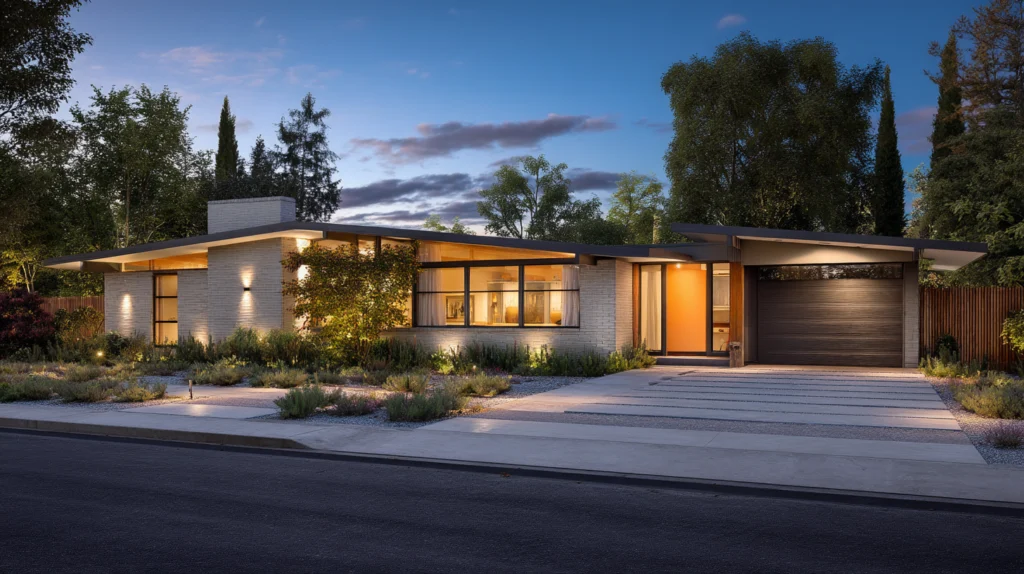
At Cobex, we specialize in roof maintenance solutions tailored for Northern California homes and commercial buildings. Our licensed and insured crews understand the unique climate challenges in cities like Sacramento, Roseville, and Redding.
Here’s why homeowners and property managers trust Cobex:
- Decades of experience with residential and commercial flat roofing systems
- Transparent pricing with no hidden fees
- High-quality materials and workmanship backed by warranties
- Responsive service and clear communication
Need help maintaining your flat roof? Contact Cobex today to schedule your professional flat roof maintenance inspection.
FAQs About Flat Roof Maintenance
How long does a flat roof last with regular maintenance?
With regular flat roof maintenance, most flat roofs last 20 to 30 years. Without proper care, that lifespan can be cut in half due to weather damage and leaks.
Is flat roof maintenance different for commercial buildings?
Yes, commercial flat roof maintenance often includes managing rooftop equipment, checking large-scale drainage systems, and inspecting more complex roof structures. A commercial roof typically requires more frequent inspections.
Can I use a leaf blower to clear debris?
Yes, a leaf blower is a safe and effective tool to remove debris from flat roofs. Avoid sharp tools that could damage the membrane or loosen seams.
What causes ponding water on a flat roof?
Ponding water usually results from clogged drains, sagging roof structure, or poor design. Routine inspections help you spot and fix these issues before they cause damage.
How do roof coatings improve energy efficiency?
Reflective coatings reduce heat absorption from UV rays, helping your building stay cooler and lowering energy consumption for air conditioning.
Final Thoughts
Flat roof maintenance is not just a recommendation, it’s a necessity. Whether you own a residential home or manage a commercial flat property, regular inspections, debris removal, and professional assessments can prevent leaks, extend the roof’s lifespan, and reduce overall maintenance costs.
By following the essential tips in this guide, you’ll keep your flat roof in excellent condition and protect your property from the most common threats.
